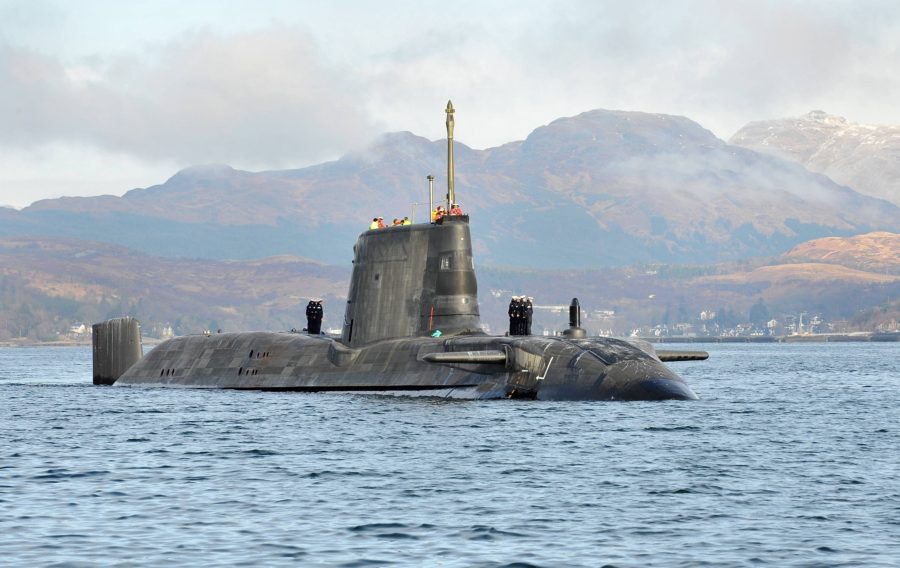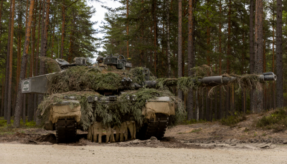
Babcock, the UK-based engineering support services company, has been awarded a five-year contract, with the option to extend a further five years, to deliver submarine escape, rescue, abandonment and survival training (SMERAS) to the Royal Navy from a purpose-built facility at HMNB Clyde on the west coast of Scotland.
The contract will see training start in 2018 following the completion of preparatory work at the naval base that will include the development of Class-specific high-fidelity escape towers and escape compartments. A standalone instructor-led live environment training pool will also be added, capable of replicating the environmental conditions that submarine escapes may have to be carried out in.
The new facilities will also include ‘dry’ classrooms where trainees can interact with new media that covers all the elements of SMERAS training, new office facilities, workshops and changing areas. By combining ‘dry’ and ‘wet’ learning opportunities Babcock will give trainees the chance to experience real-world situations, without the need to use ‘pressurised’ environments.
Using the new facilities to undertake Defence Systems Approach to Training (DSAT) compliant courses means that Royal Navy trainees will receive training ashore, which was previously not possible.
Babcock Clyde Managing Director Simon Foster said: “This is an exciting development for Babcock and further underlines our commitment to work collaboratively with the Royal Navy to develop the solutions it needs to address the kind of operational challenges that modern navies face.
“We have some of the most effective training solutions on the market and take great pride in our ability to providing a bespoke service, not just an ‘out-of-the-box’ product. Our capability to combine the best personnel from both the military and civilian worlds has allowed us to build a service that is 100% Royal Navy-focused.”
If you would like to join our community and read more articles like this then please click here
Mark Lane is a defence writer for defenceonline.co.uk and the MoD’s Defence Contracts Bulletin. He is also editor of Global Trader, sub-editor of Insider Scotland and a former editor of Business Today.
Babcock DSAT HMNB Clyde Royal Navy SMERAS training submarine Training








